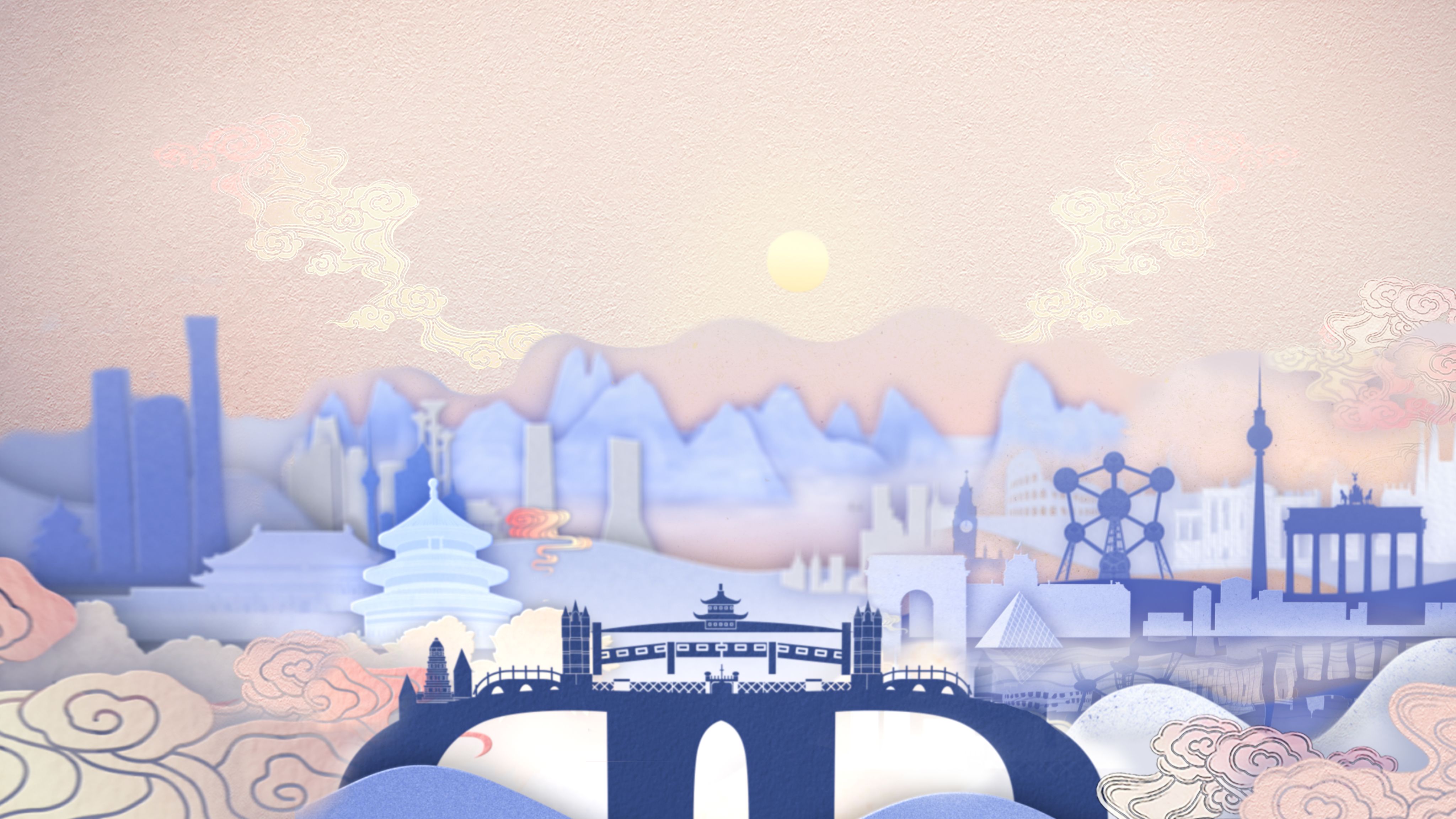Bridge Builders:
Thomas
Hildebrandt
The German professor
helping pandas to thrive
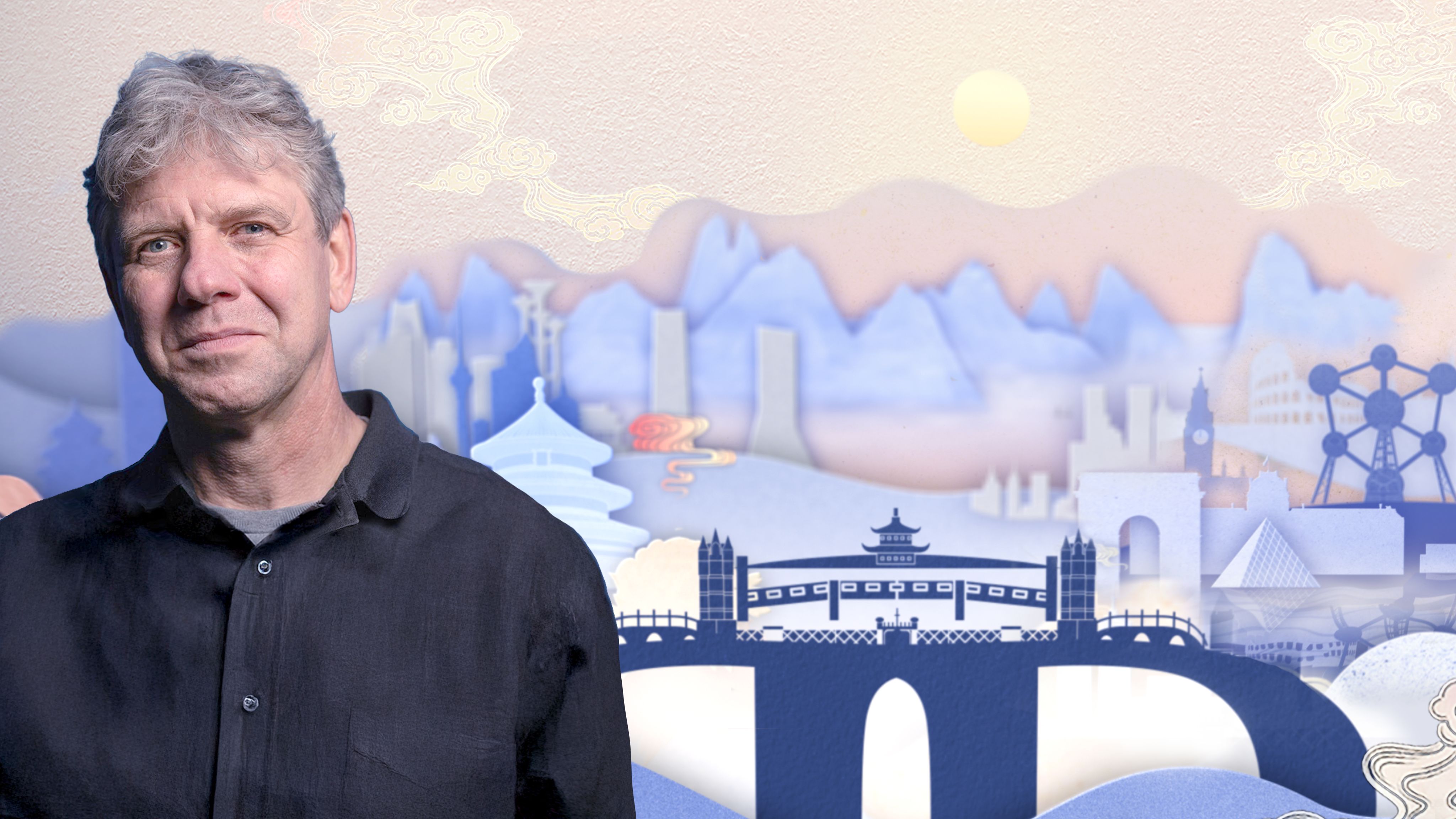
Bridge Builders:
Thomas
Hildebrandt
The German professor
helping pandas to thrive

"These samples can live for 3,000 years."
In a portable laboratory on a quiet suburban street in Berlin, Professor Thomas Hildebrandt puts on protective glasses and pulls on a long pair of thick rubber gloves.
Unscrewing the top of a cylindrical cryogenic storage tank, he lifts up a tube from inside, producing a loud hiss as a cloud of liquid nitrogen pours out.
Maintaining a temperature of -196 degrees Celsius, the tank holds the precious biological samples of one of China's most treasured species.
"Inside we have the umbilical cord from the male twins from Meng Meng," Professor Hildebrandt says, as he holds up the tube.
Meng Meng is Berlin Zoo's resident female giant panda, who arrived in the summer of 2017 with her male partner Jiao Xing. In 2019, Meng Meng gave birth to her first pair of cubs, Meng Xiang and Meng Yuan.
"These samples can live for 3,000 years in liquid nitrogen," he says. "This has huge value for research and for conservation."
A lifelong bridge builder
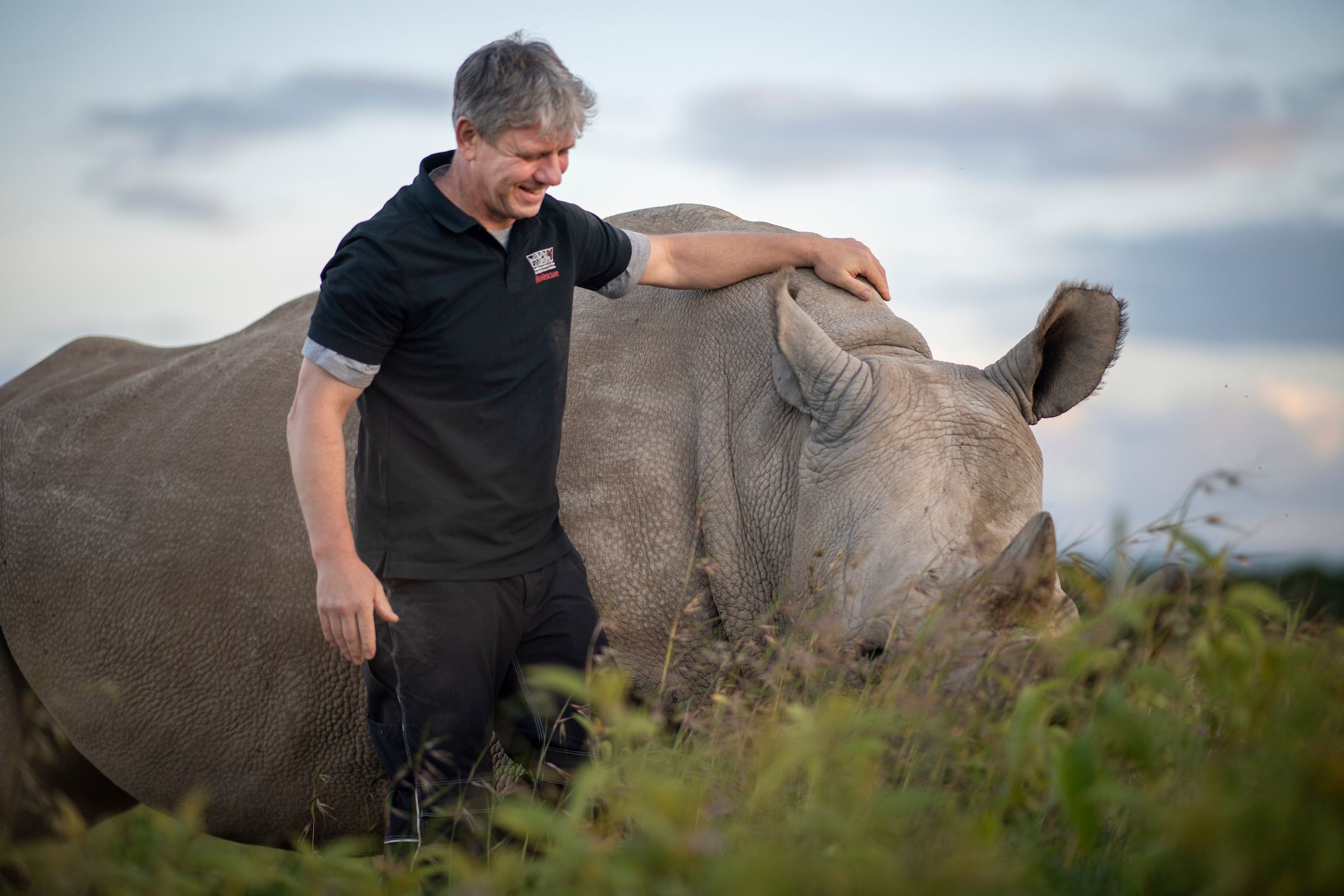
Professor Hildebrandt's office walls at the Leibniz Institute for Zoo and Wildlife Research tell the story of an incredible career as one of the world's leading experts in reproductive animal medicine and conservation.
He has pioneered reproductive assistance techniques in large mammals, including rhinoceros, elephants, big cats and giant pandas.
Every inch of the walls is covered with photos from his work around the world, with artwork and awards showcasing decades as one of the world's leading experts in the field.
Lining the bookshelves are 3D-printed models of bones of varying size. A giant wall calendar details his busy schedule, with most weeks blocked out for work until the end of the year.
He picks up one of his awards, Panda Personality of the Year in 2020.
"It is an award for people who are highly engaged in the conservation of the giant panda, and my speciality was captive breeding with assistive reproduction," he explains.
"So I was awarded for that and it is quite an honor."
Pioneering teamwork
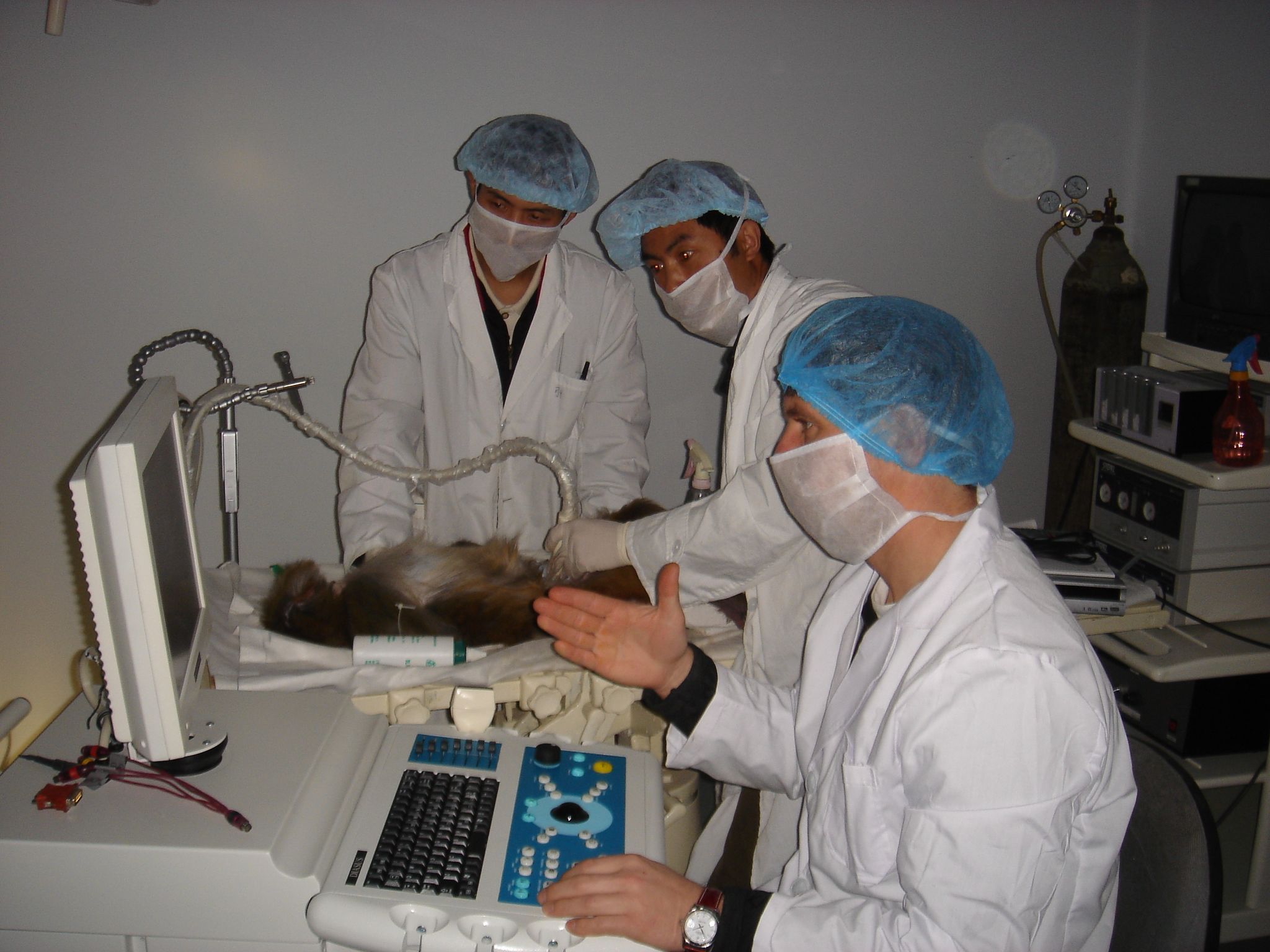
Professor Hildebrant first visited the Chengdu Panda Base in 2018, but his work with Chinese experts dates back decades, to the year 2000 at the Kunming primate center.
"We did a lot of development to improve the breeding programme to understand more about the reproductive events in primates," he explains, "using ultrasound which is a non-invasive technique which was quite developed at that time already for humans.
"The Kunming Institute of Zoology was running the primate center, and it turned out very quickly there was really a mutual understanding between the Chinese scientists and me."
With just over 1,800 pandas estimated to be living in the wild, assisted reproduction for pandas in captivity is crucial for maintaining the population of the bears.
The Berlin Zoo is home to a new pair of giant panda twins, Lottie and Leni, born to Meng Meng in August 2024. Their birth was only the second successful panda birth in Germany, a result of years of technical, scientific and diplomatic effort.
How to help a panda procreate
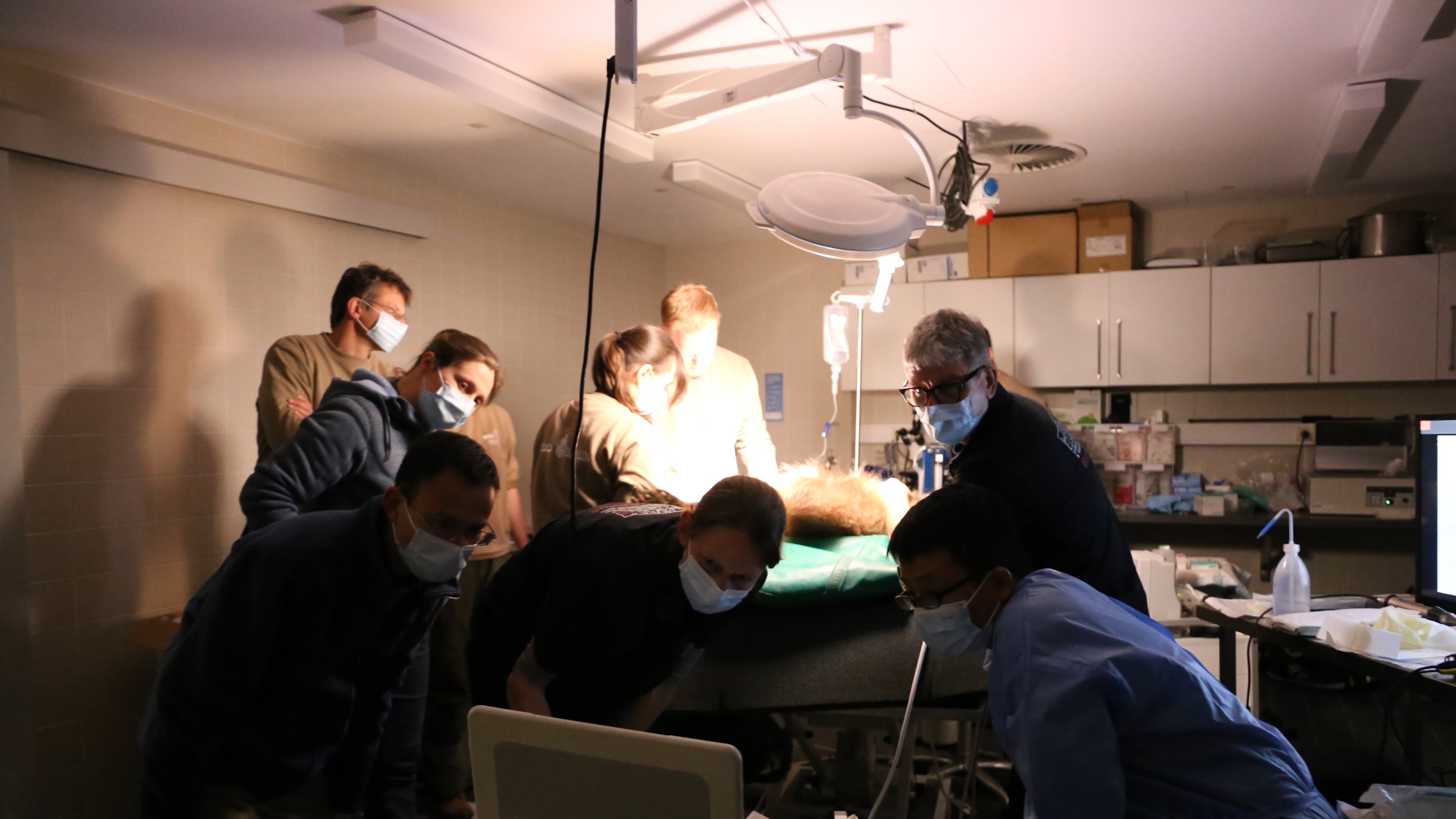
Professor Hildebrandt led the artificial insemination process alongside Chinese colleagues from the Chengdu Panda Base and a team from the Berlin Zoo.
"The female panda only has one reproductive cycle per year," he explains.
"The full window is maybe 12 hours, but for the artificial insemination, it is much shorter because we have to wait for the test results and then make this decision when to inseminate," he says.
The panda's urine is also measured up to four times a day to check estrogen levels.
"If you inseminate too early, the anesthesia – which you have to perform, to be on the safe side for the female, but also on the safe side for the scientist – has an impact on ovulation."
The procedure was successful and the cubs are now thriving.
Berlin Zoo curator Florian Sicks says the pandas' personalities are as distinct as their appearances.
"When handling the cubs they are quite different from each other," he says. "Lottie is very active and is biting every time you want to interact with her, whereas Leni is more shy, and a little bit slower in everything."
Science, culture and conservation
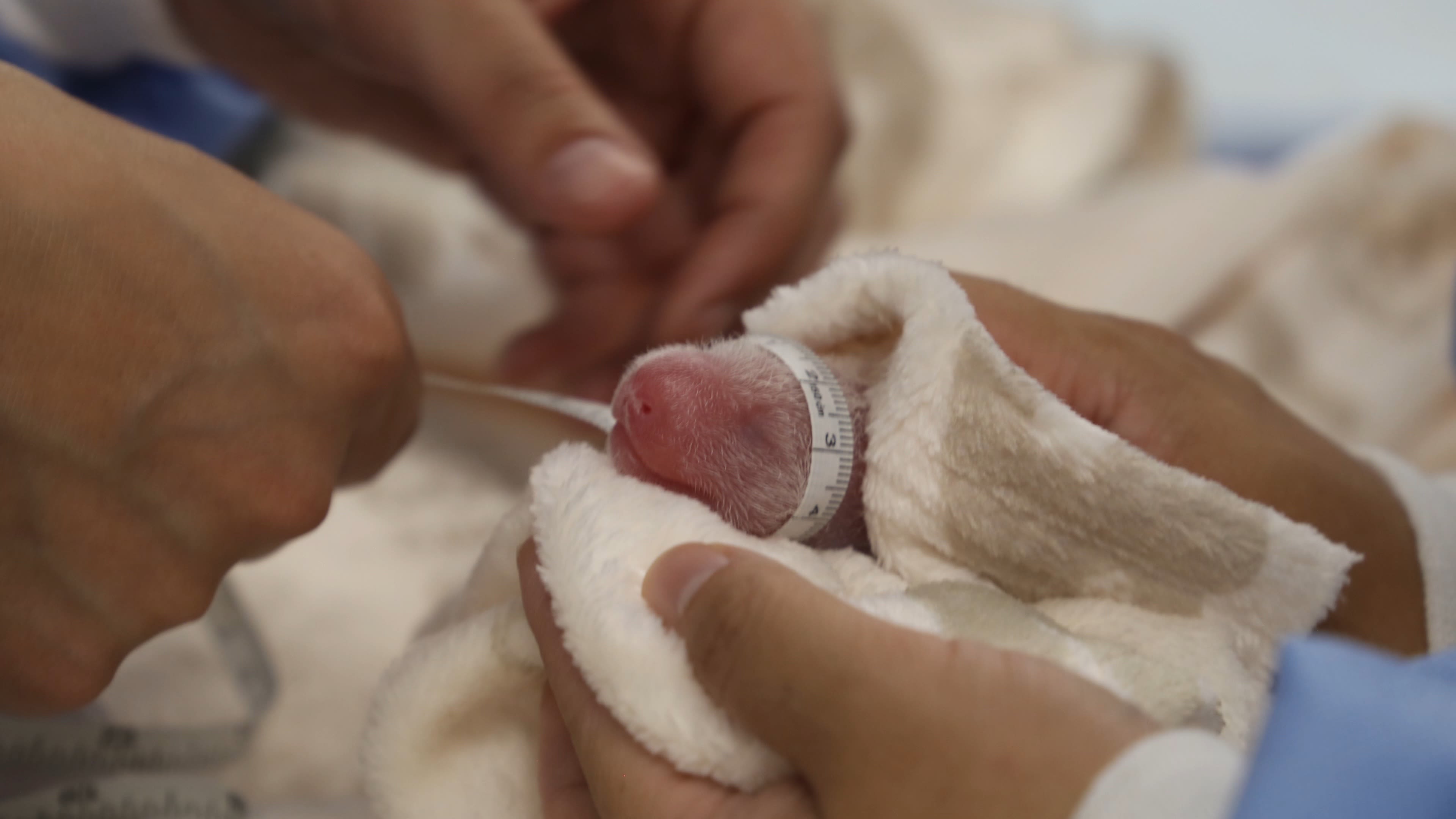
"The amount of stem cells in panda milk is much higher than in human milk."
Professor Hildebrandt's team have collaborated with Chinese colleagues on cutting-edge research, including the discovery of stem cells in panda milk and genetic research using ancient panda DNA.
His ideas, often sparked by human medical research, are taken forward by Chinese scientists and applied in innovative ways.
"The Chinese colleagues found that the amount of stem cells in the panda milk is much higher than what you find in human milk," he says.
These stem cells are now added to milk to create a 'milk replacer'. When two or three pandas are born at once, it can be used to help when the mother does not produce enough milk.
"That is another example where we inspire each other and they (the Chinese team) do a very good job developing it further," he says.
The German and Chinese scientists are also working on recovering DNA from ancient pandas, poached during the late 19th and early 20th centuries and on display in museums, to better understand their traits.
"They (the Chinese team) are already pioneers in establishing stem cell cultures from giant pandas, and based on that it might be possible to do genetic rescue, of what was taken out of the wild over 100 years ago," he says.
A living embodiment of diplomacy
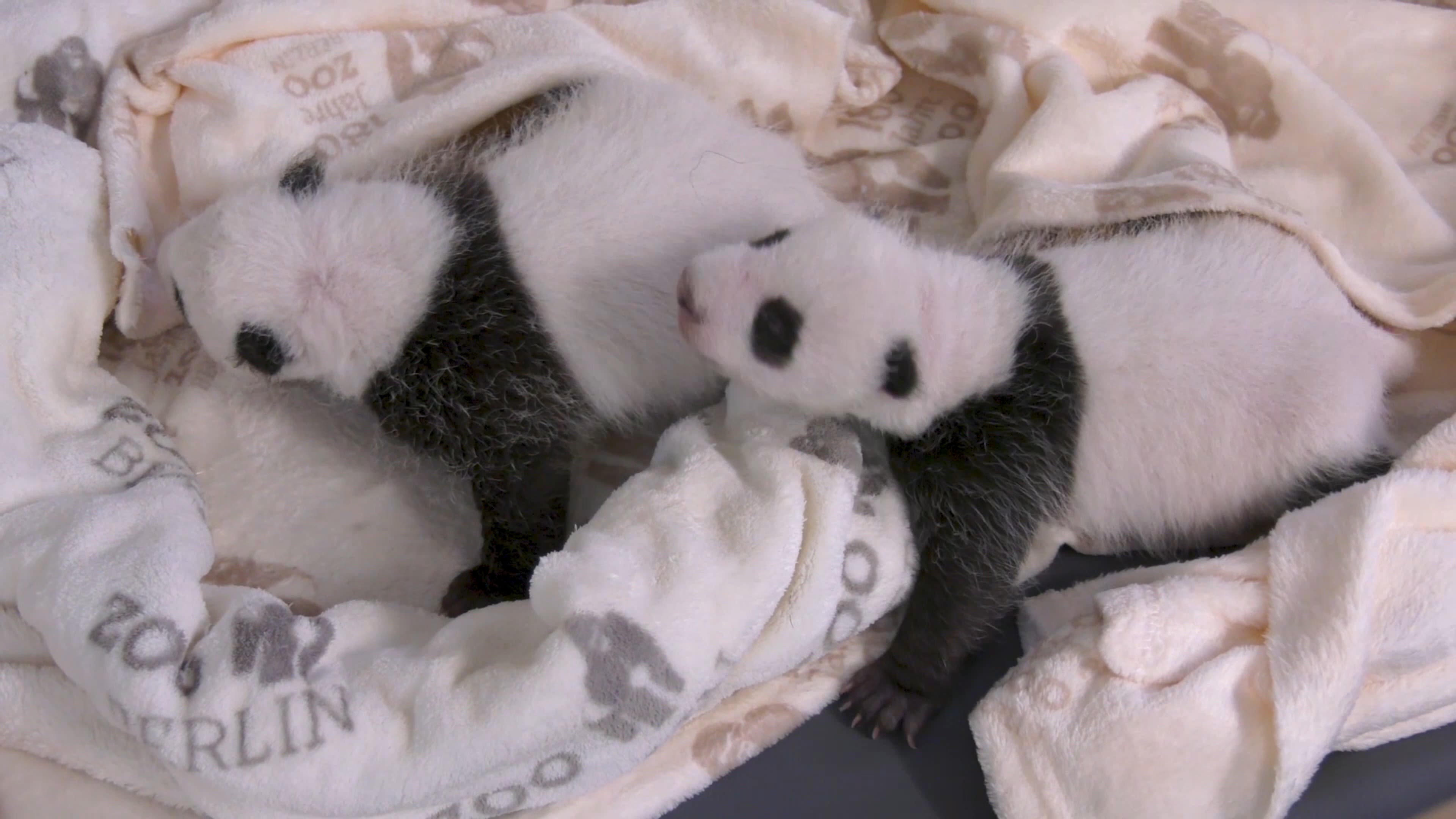
Pandas are more than conservation icons, they are cultural ambassadors. Every cub born abroad is part of China's broader breeding program and returns home once mature.
Hildebrandt understands the symbolism deeply.
"The panda is an incredible incarnation of the Chinese culture because yin and yang and all what people believe is a little bit in the panda," he explains.
"The Chinese nation has so much respect for this animal. It's not an ordinary animal living in the wild, it is really a symbol for the Chinese nation and in our modern time it acts like an ambassador."
"Science is a very powerful tool to bring nations together."
He believes this work sets an example for international cooperation and friendship.
"I am really honored to have the privilege to work with our Chinese colleagues," he says.
"In our days where we have in Europe a war, where we kill each other instead of working together, I think the Chinese are a nation that has a much better philosophy on dealing with problems.
"Science is a very powerful tool to bring nations together, and it is the only solution to solve the global problems we are focusing on as an entire planet."
Reporter Jen Copestake
Producer Jiang Shaoyi
Camera Stan Mandryka
Video Editors James Meurer, Lydia Zhou
Graphic Design Ilze Juhnevica
Copy Editor & Shorthand Gary Parkinson
Executive Producer Guo Chun
Supervising Producer Mei Yan
